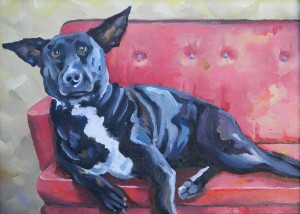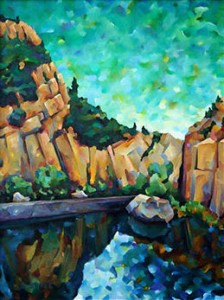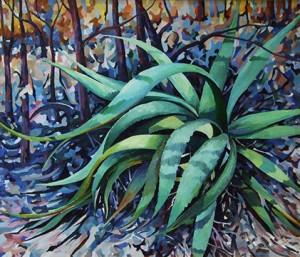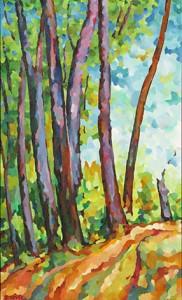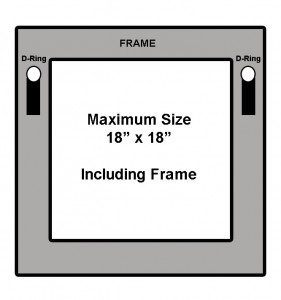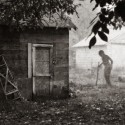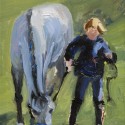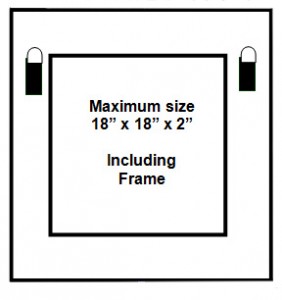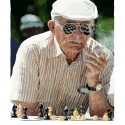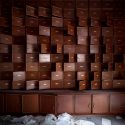Exhibit May 1 – June 2, 2018
NVAL Carter House Gallery, 48 Quartz Hill Road, Redding, CA 96003
Note: The NVAL International Juried Photography Show will not be held in 2018.
PROSPECTUS Printable Version-Click Here
Regional Show Framing Program — $15 to rent one of NVAL’s frames and have NVAL frame your work. Click Here for Details!
ENTRY — Scroll to the bottom of the 2018 Prospectus, click on the red link.
TOTAL AWARDS $1,000
First Place $500
Second Place $250
Third Place $100
3 Merit Awards, Each $50
6 Honorable Mentions
Only juror-accepted work that is submitted for gallery exhibit will be eligible for awards.
SHOW CALENDAR – ALL DATES 2018 |
|
| Entry Period Opens | Thursday, January 9 |
| Entry Deadline | Tuesday, March 13 |
| Notice of Acceptance | Tuesday, March 28 |
| Shipped Work Due | Friday, April 27* |
| Hand-Delivered Work due | Saturday, April 28* |
| Show Opens | Tuesday, May 1 |
| Reception and Awards | Saturday, May 5, 5-7 p.m. |
| Pick up Unsold Work | Saturday, June 2, after 3 p.m. |
* If using the NVAL framing program, submit matted prints between April 12 and 21. |
|
Special arrangements can be made if you need to deliver your work before the dates above or if you are unable to pick up any unsold work on the specified day. Please contact show chair.
ELIGIBILITY
This show is open to all photographers residing in Northern California and Southern Oregon as follows:
- Sonoma, Napa, Solano, Yolo, Sacramento, El Dorado counties and all counties north to the California border
- Southern Oregon counties of Coos, Douglas, Curry, Josephine, Jackson, Klamath, Lake, Harney, and Malheur.
- All forms of photographic expression are encouraged – film and digital capture, both traditional and digital darkroom, along with photo manipulation. All entries must be the entrant’s original work, i.e. the capture of the image as well as dark room and digital processing. This does not preclude the use of professional labs for printing, resizing, and film development.
- Images previously accepted into a NVAL Juried Photography Show are not eligible – with the exception of images accepted into a NVAL International Juried Photography Show as a Silver Selection.
EXHIBITION
Our purpose is to professionally exhibit your unique artwork in our gallery for patrons to view, appreciate and purchase. Approximately 80 images will be exhibited at our spacious Carter House Gallery and also on the NVAL website. The gallery is located in Caldwell Park, 48 Quartz Hill Road, Redding, CA 96003.
The North Valley Art League is a non-profit, all volunteer organization. Your entry fees cover the prize money and other expenses of running the photography show. Any remaining monies help fund the operating expenses of the NVAL Carter House Gallery so that we can continue our goal of furthering the visual arts in the Northern California region.
JUROR
James Gilmore is an actively exhibiting photo-based artist, working out of Mount Shasta in the southern Cascade Range of the far reaches of northern California. He made his first successful images on the streets of San Francisco in the 1970s, and continues to exhibit widely today. Gilmore is represented in both private and public collections in the United States, and holds a B.F.A. in Fine Art Photography from the University of San Francisco, and received his M.F.A. from the Philadelphia College of Art & Design.
Mr. Gilmore is currently a full-time Art Department faculty member at the College of the Siskiyous in Weed, California, where he teaches Art History, Photography and Digital Art. Prior to becoming an art educator, Mr. Gilmore worked in various US museums as both a curator and exhibit designer, including the Peabody Museum at Harvard University, the Nevada State Museum, and the Redding Museum of Art & History in California.
ENTRY FEES
ALL ENTRIES WILL BE SUBMITTED ONLINE (instructions below)
- $33 for the first three entries
- $8 for each additional entry
- No limit on the number of submittals per entrant
- THE NON-REFUNDABLE ENTRY FEE WILL BE CHARGED TO YOUR CREDIT CARD
- Images will be juried in electronic format as submitted, with final jurying for awards based on the framed prints presented for the Carter House Gallery exhibit.
ACCEPTANCE NOTICE
Everyone who enters will receive an email notification regarding acceptance or non-acceptance by March 28, 2018. Detailed instructions for delivery, shipping, and artwork identification will be provided in the acceptance notice.
FRAMING PROGRAM
$15 to rent one of NVAL’s frames and have NVAL frame your work.
Click Here for Framing Program Details
EXHIBIT PRINTS
All accepted images submitted for exhibition must be printed and framed either professionally or in a professional manner. Simple dark framing with white or off-white matting is recommended. Works must be delivered ready to hang. Maximum frame dimension is 40” and maximum weight is 12 pounds. NVAL hangs with cable hooks, so please use only frame hangers, D-rings or split rings for your hanging hardware.
If framed work does not substantially meet the appearance of the JPEG entry, or if the print quality, matting or framing are not suitable quality for gallery presentation, the NVAL may ask the artist to replace whichever element is not suitable. If the artist is unwilling to meet these standards, the NVAL reserves the right to replace the entry with another work selected by the juror.
DELIVER OR SHIP ALL WORK TO:
North Valley Art League
Carter House Gallery
48 Quartz Hill Road
Redding, CA 96003
SALE OF ARTWORK
There will be a 20 percent commission charged by the gallery on any piece that is sold. California sales tax will be collected.
Entrants retain copyright of all their submitted images, subject to the NVAL Use Rights listed below.
USE RIGHTS
By submission for jurying, artists whose submissions are chosen for the exhibition grant the North Valley Art League the right to use their images for the purpose of marketing the exhibition, marketing the North Valley Art League’s programs and subsequent display on the NVAL website gallery exhibits. Artists grant the use of their image(s) as stated without further contact or compensation from NVAL. Artist’s recognition is provided with any use by NVAL.
NVAL/GALLERY LIABILITY and INSURANCE
Artists are solely responsible for the cost, care, protection, and insurance of their work during shipment to and from the Carter House Gallery. For exhibited work, the North Valley Art League’s responsibility and liability for any damage or loss for whatever reason will be limited to the cost of printing and framing of the particular piece. Every care will be taken to secure the safety of all exhibited works of art.
ONLINE ENTRY
File Format
- JPEG format.
- File size no larger than 2 MB.
- SRGB color space is recommended for the most accurate web version of your images.
- Ideally, the longest side should be 1,280 pixels. If your image is LESS than 800 pixels on the longest side, you may want to resize it using the original, larger file. If you do not have the original larger file, do not try to upsize your image. You are better off submitting an image as small as 600 pixels on the longest side, rather than to distort the quality of the image by trying to increase the pixel dimension.
- Please do not use your name in the title or filename. Make sure that your file name (not the title) does not include special characters: ‘ “ ; : { } \ / or any of the characters found above the numbers (@, #, *, etc.) except the underscore and dash.
Tips on Using Our Online Entry Service (Smarter Entry)
- You only need one Smarter Entry account for all competitions/organizations using the service.
- Once you set up your account, you will be asked to select the 2018 Regional Juried Photography Show. Then use your credit card to pay the entry fee and proceed to enter your images.
- To view your images at full size double click on the thumbnail.
- You may edit your entries or add additional images at any time up until the entry deadline.
DELIVER OR SHIP ALL WORK TO:
North Valley Art League
Carter House Gallery
48 Quartz Hill Road, Redding, CA 96003
TO ENTER or EDIT your images – Click Here
QUESTIONS
Email regionalphotoshow@sbcglobal.net or call show chairperson, Bonnie Lampley,
530-604-3380.

